


ANESTHESIOLOGY
Learn Point-of-Care Ultrasound for Anesthesiology
Bring the power of POCUS to your patients.
POCUS helps anesthesiologists make faster, more confident decisions at the point of care. GUSI’s specialty-focused training gives you the skills to use ultrasound in everyday practice, improving procedural accuracy and enhancing patient safety while streamlining workflows.



Global Ultrasound Institute proudly works with top universities, institutions and medical facilities across the United States and around the world
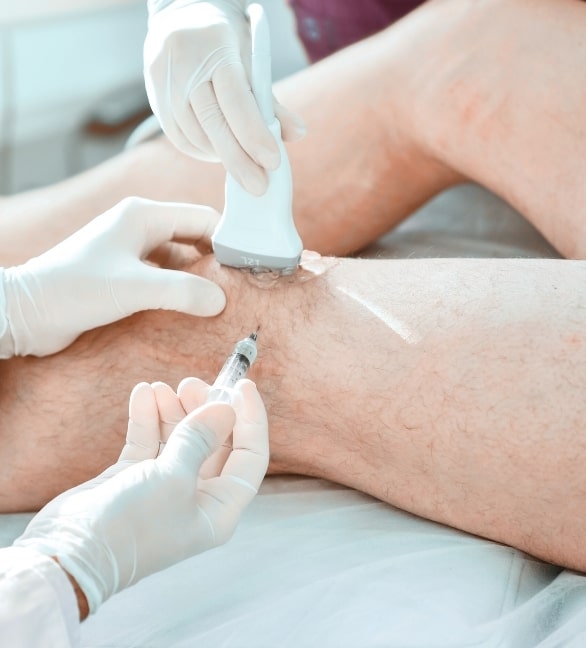
Why POCUS Matters in Anesthesiology
Anesthesia care demands precision, safety, and real-time decision-making. POCUS empowers anesthesiologists to visualize anatomy during regional blocks, assess hemodynamics intraoperatively, and secure vascular access with confidence. Whether performing nerve blocks, evaluating cardiac function, or guiding central line placement, bedside ultrasound gives anesthesia providers the tools to deliver safer, more effective perioperative care.
Regional Anesthesia Without Direct Visualization
Difficult Vascular Access
Hemodynamic Assessment and Management
Airway and Lung Evaluation
Benefits of POCUS for Anesthesiology Professionals

Clinical Skills & Patient Outcomes
- Improve regional block success rates with nerve visualization
- Reduce vascular access complications with ultrasound guidance
- Enhance hemodynamic monitoring during complex cases

Professional Development
- Earn CME credits with anesthesia-focused ultrasound training
- Master regional anesthesia techniques with expert instruction
- Stay current with evidence-based anesthesia practice standards
💼
Revenue & Operational Efficiency
- Reduce OR delays from failed procedures or vascular access
- Improve surgical efficiency with faster, more reliable techniques
- Enhance billing opportunities for ultrasound-guided procedures
Real-World POCUS Use Cases in Anesthesiology

ULTRASOUND-GUIDED REGIONAL ANESTHESIA
POCUS enables direct visualization of peripheral nerves, fascial planes, and neuraxial structures during regional blocks—improving accuracy, reducing local anesthetic volume, and minimizing complications for superior perioperative pain management.
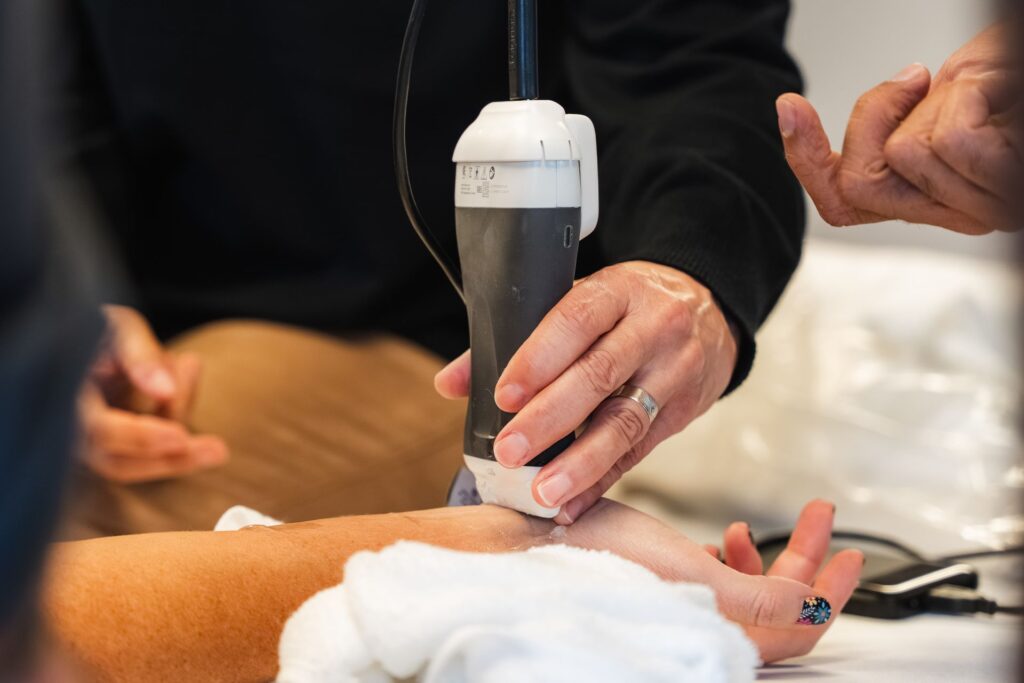
VASCULAR ACCESS AND LINE PLACEMENT
Ultrasound guidance dramatically improves first-attempt success for central venous catheters, arterial lines, and difficult peripheral IVs—reducing patient discomfort, procedure time, and mechanical complications in the operating room and ICU.
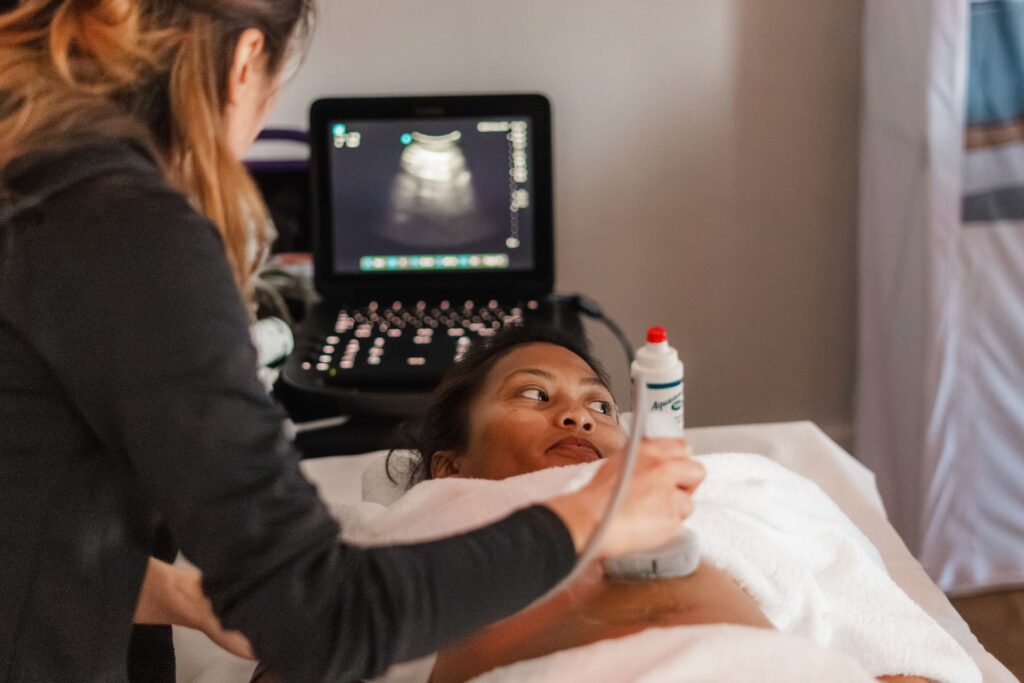
PERIOPERATIVE HEMODYNAMIC ASSESSMENT
POCUS provides real-time evaluation of cardiac function, volume status, and fluid responsiveness during surgery—helping anesthesiologists make informed decisions about fluid administration, vasopressors, and inotropic support.
VS
Recommended POCUS Courses for Anesthesiology
view all courses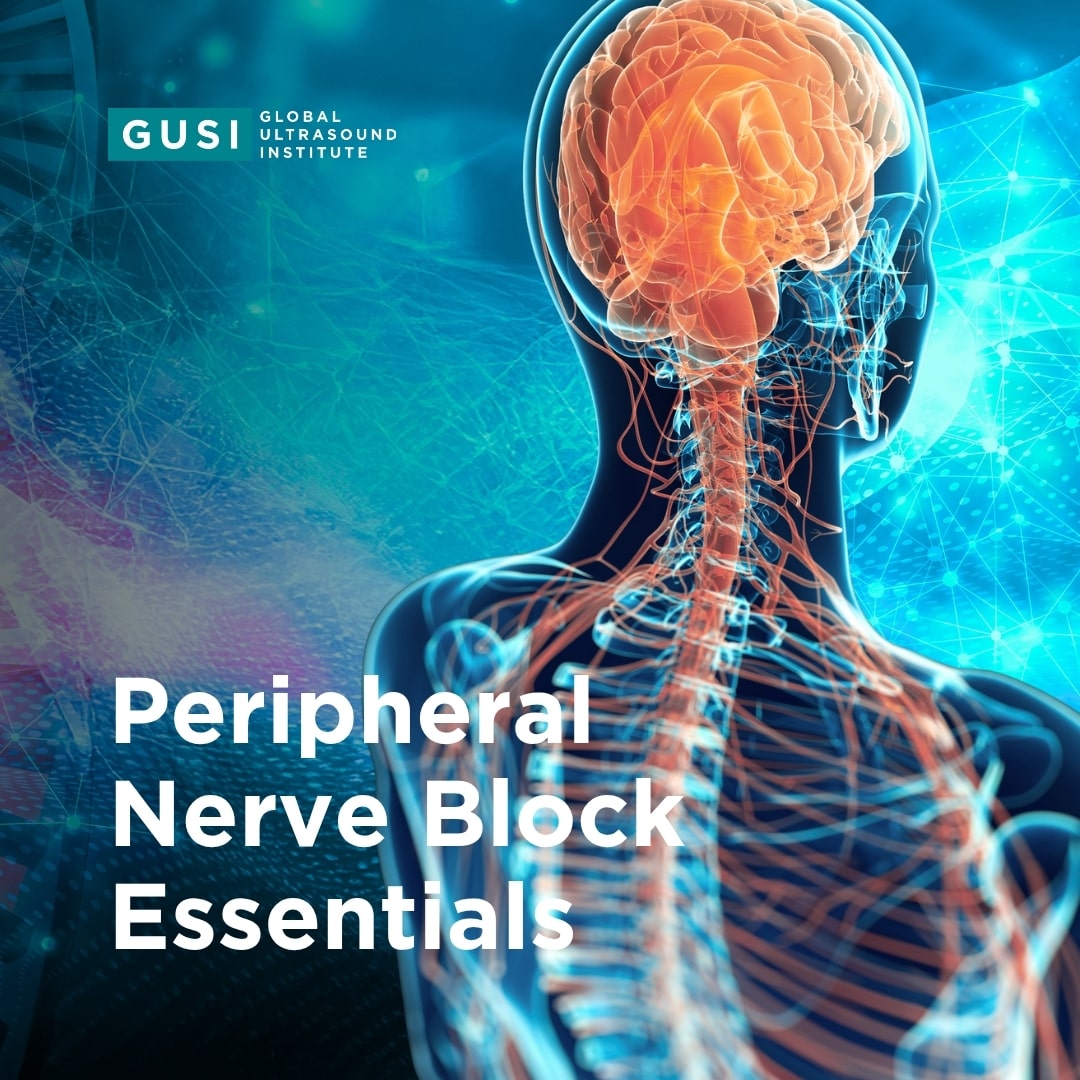
Peripheral Nerve Block POCUS Essentials Course

Point-of-Care Ultrasound Essentials Course

Musculoskeletal POCUS Essentials Course

CME Accreditation & Certification
Many GUSI courses are accredited for continuing medical education (CME) and include a digital certificate upon completion. Gain recognized credentials that support your clinical excellence and career advancement.
POCUS and Financial Impact
Lower Imaging Costs
Boost Revenue Opportunities
Increase Practice Profitability
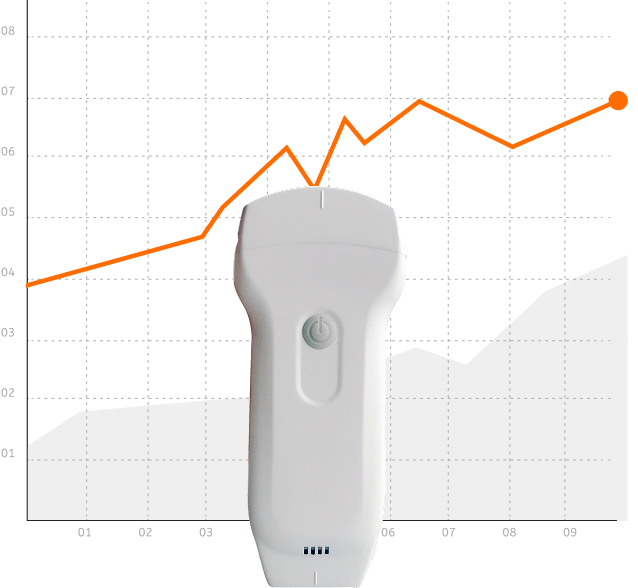

FREE DOWNLOAD
[Specialty] POCUS Pocket Guide
Get your free mini-guide with key POCUS protocols and quick-reference visuals for [Specialty]. Perfect for bedside use and reinforcing your training!
Explore Related Specialties
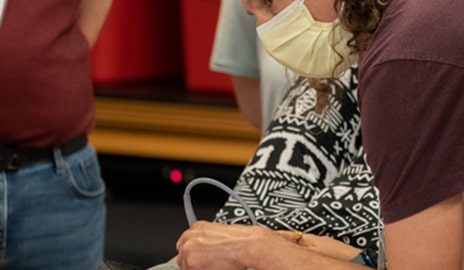
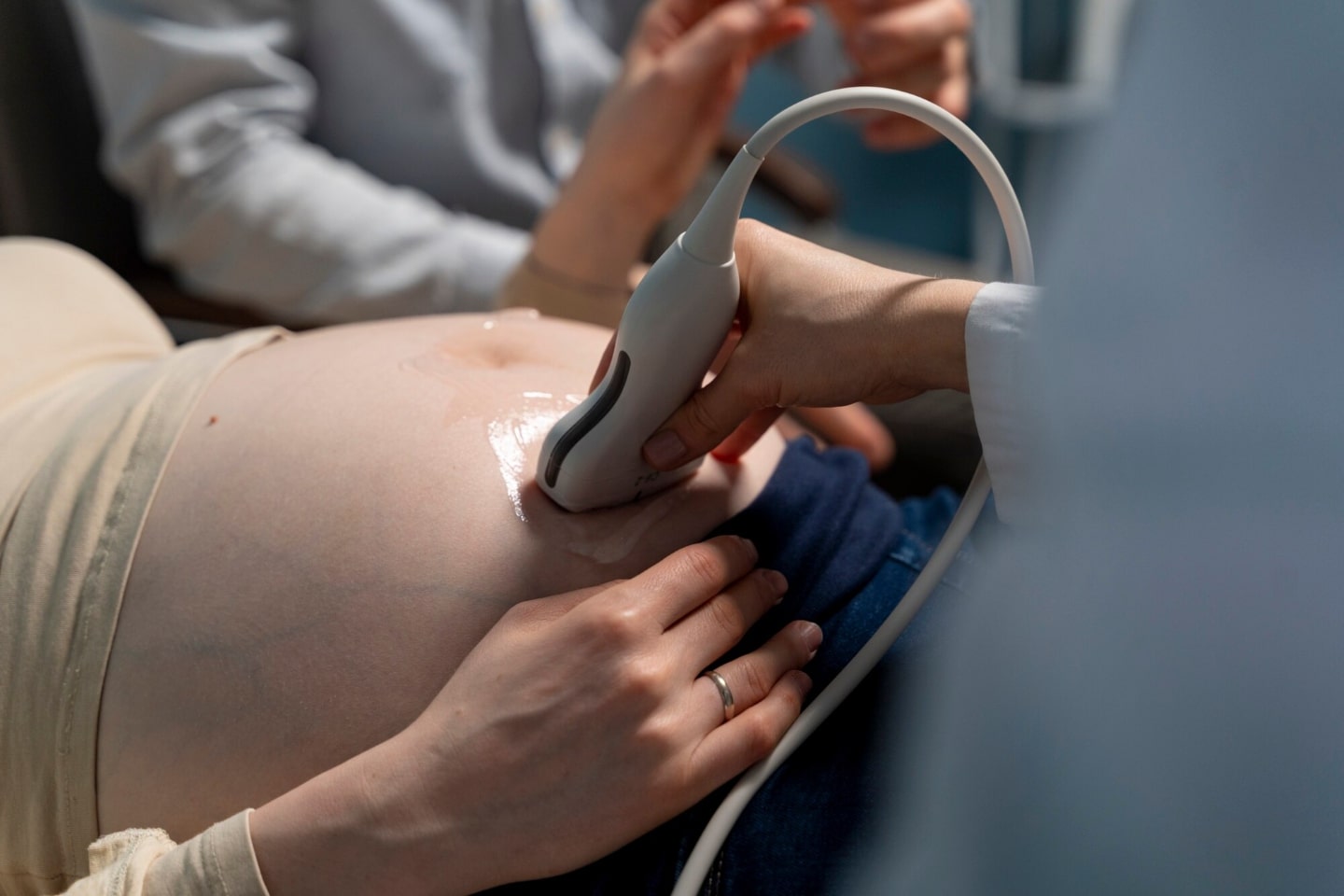
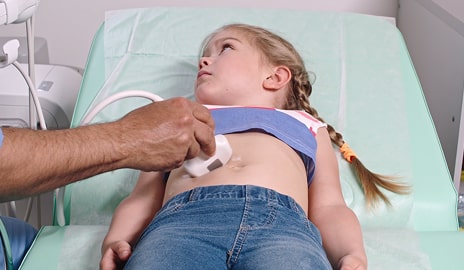

Ready to Take the Next Step?
As a [Specialty] clinician, POCUS has completely changed how I practice. GUSI’s training gave me the confidence to make faster, more accurate decisions for my patients.

JONATHAN DOE
Let’s help you get started.
Many GUSI courses are accredited for continuing medical education (CME) and include a digital certificate upon completion. Gain recognized credentials that support your clinical excellence and career advancement.
"*" indicates required fields





